Biomutant is one of the weirdest games I’ve ever played. It’s like playing a David Attenborough show if he’d written the script after eating a pile of psychedelic mushrooms, but Experiment 101 makes that weirdness an asset.
Biomutant falls short more often than I’d like with its narrative and how it handles choices, yet it’s a memorable game packed with detail and one I hope to see more of in the future.
Biomutant Review: Splice and Dice
Decades after a man-made calamity made the world unlivable for humans, mutated animals roam the world, fighting, bartering, crafting, and sometimes just baking snacks. At the center of their world sits the Tree of Life, though four gigantic creatures called World Eaters threaten its sustaining force. If that sounds a lot like Breath of the Wild, it’s on purpose, as Experiment 101 cited the open-world Zelda game as an influence on its own creation.
However, it’s far from the only influence or even the only story. In fact, Biomutant has three stories. Two are connected to the Tree of Life and one is about you, while still being loosely tied to the Tree. Each draws on a different style of action and narrative. Biomutant mostly balances these narratives and styles well, though it overreaches itself in some areas (more on that in a bit).
Your broad, overarching goal is deciding whether to destroy the World Eaters and save the Tree or destroy the Tree and let only the strong survive. The second story revolves around the views of those you decide to work with.
Biomutant makes you align with one of the world’s six tribes as soon as the tutorial ends. Each sits somewhere on the game’s light-dark spectrum, for example, wanting to save the Tree and unite the tribes or destroy the tree and make peace with the tribes.
The hero’s story unfolds through a series of flashbacks, not unlike Link regaining memories in BotW. There is an important difference, though: your story hits harder. Link’s is very much a plot device, but Biomutant makes you spend time with your childhood friends and leaves you with a sense of something broken and lost when you meet them again in the present.
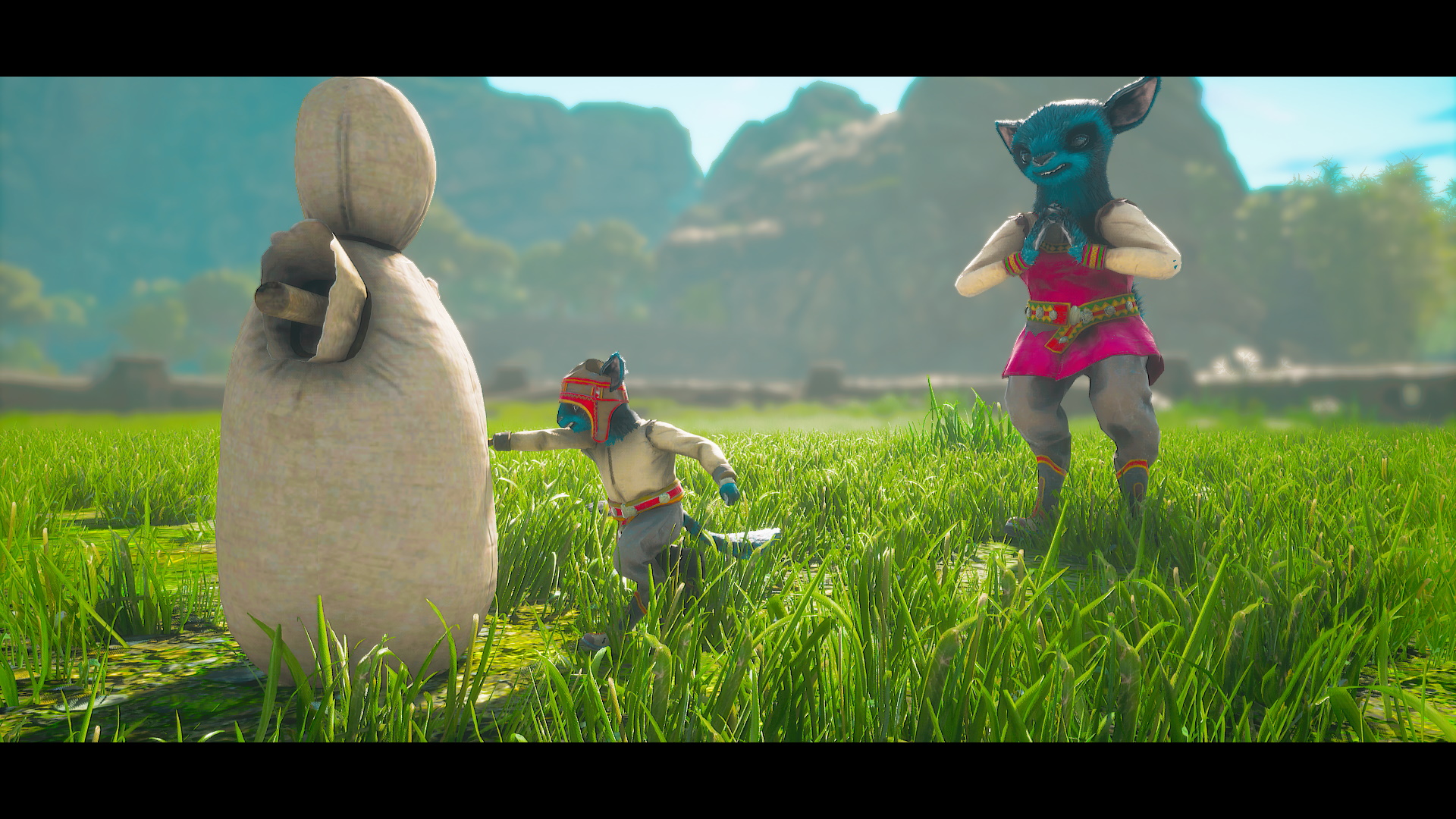
It’s touching, but then it just leaves you completely. The hero’s story has a great deal of potential for grounding you in the world, but after the opening segments, Biomutant confines it to some chance meetings and the narrative around each World Eater.
They aren’t the only NPCs you’ll run across, though. Biomutant has an offbeat cast of animals scattered throughout the world, most of whom need help of some kind and all of whom have something good to offer for your time.
Take Lump, for example. He’s a monkey-thing with a snack cart on the edge of a nuclear wasteland who gives you a flaming rolling pin if you capture his whiffle, which is much less salacious than it sounds.
Not that you’ll be engaging with them directly. Biomutant uses a narrator to translate NPC talk into your language, and it has a peculiar effect. The characters are rather shallow, but not speaking directly to them makes it feel like you never quite build a connection to anyone you come across on your travels.
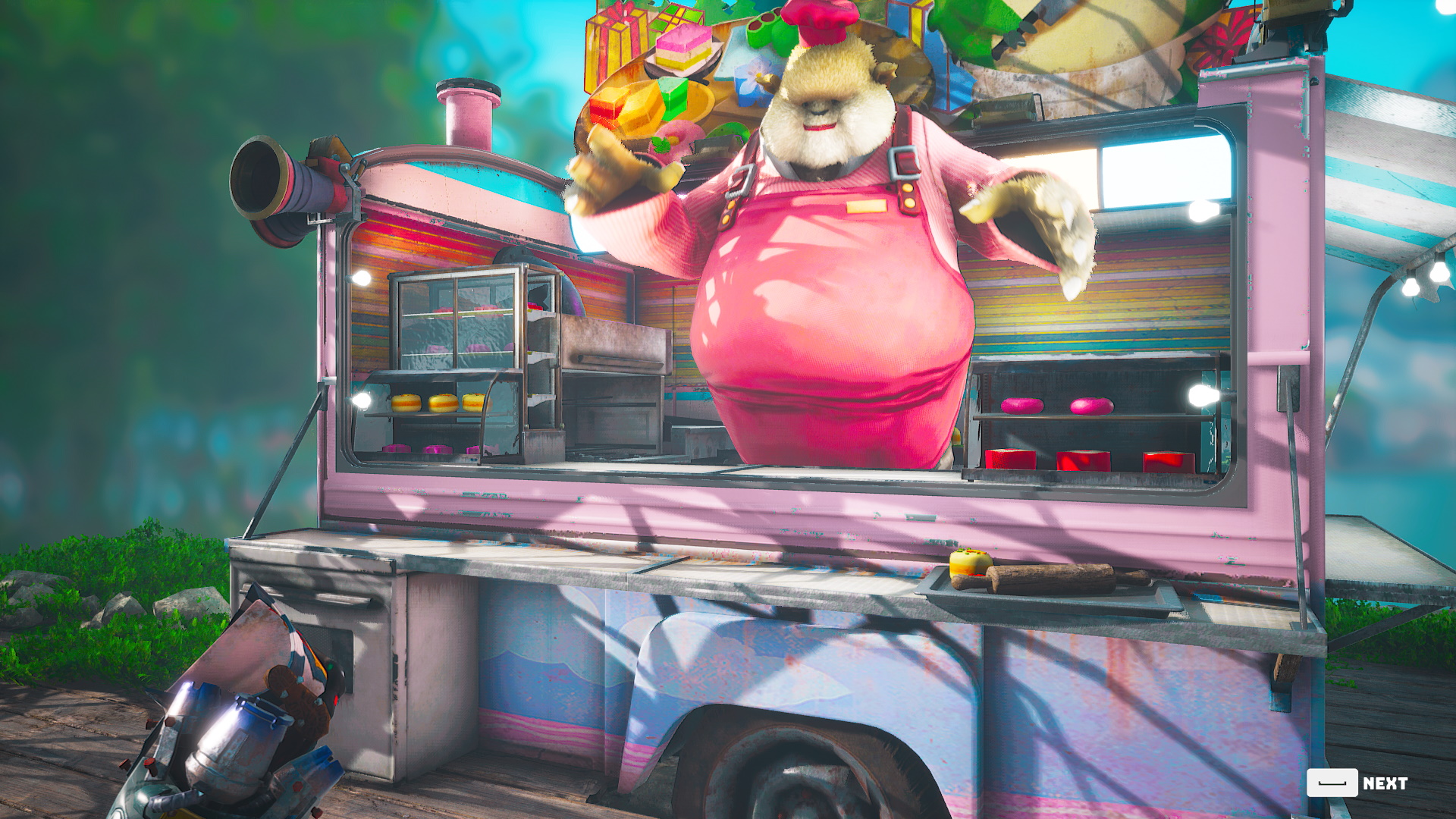
Still, the travels usually make up for the lack of meaningful interactions. Biomutant divides its map into several biomes, many built around specific environmental hazards, but unlike BotW’s element-inspired quadrants, the divisions are refreshingly varied. While the oxygen-deprived dead zone takes up the map’s southwest portion, you’ll find pockets of radioactive hazards and freezing terrain scattered throughout the map.
Biomutant is at its best when its environment is at its worst, forcing you to devise strategies for pushing through or looming as an obstacle to tackle once you’ve enhanced your character more.
Yet even the normal biomes have their merits, as there’s no part of Biomutant’s map that looks boring or plain. The entire game is just beautiful and takes advantage of the post-apocalyptic setting like few others.
You’ve got your usual decaying cities, true, but you’ve also got moments such as climbing to the top of a toxic trash heap (in your duck-head mech) to find the sun’s rays shining on trees growing out of the waste with what looks like poppies for leaves.
Those are the tangible bits. What Biomutant lacks in meaningful interactions, it makes up for with a distinct, eccentric culture. Habitats, language, lifestyles, and even transportation methods make Biomutant feel like you’re playing an unorthodox offshoot of the Redwall universe, albeit often a less fully realized one.
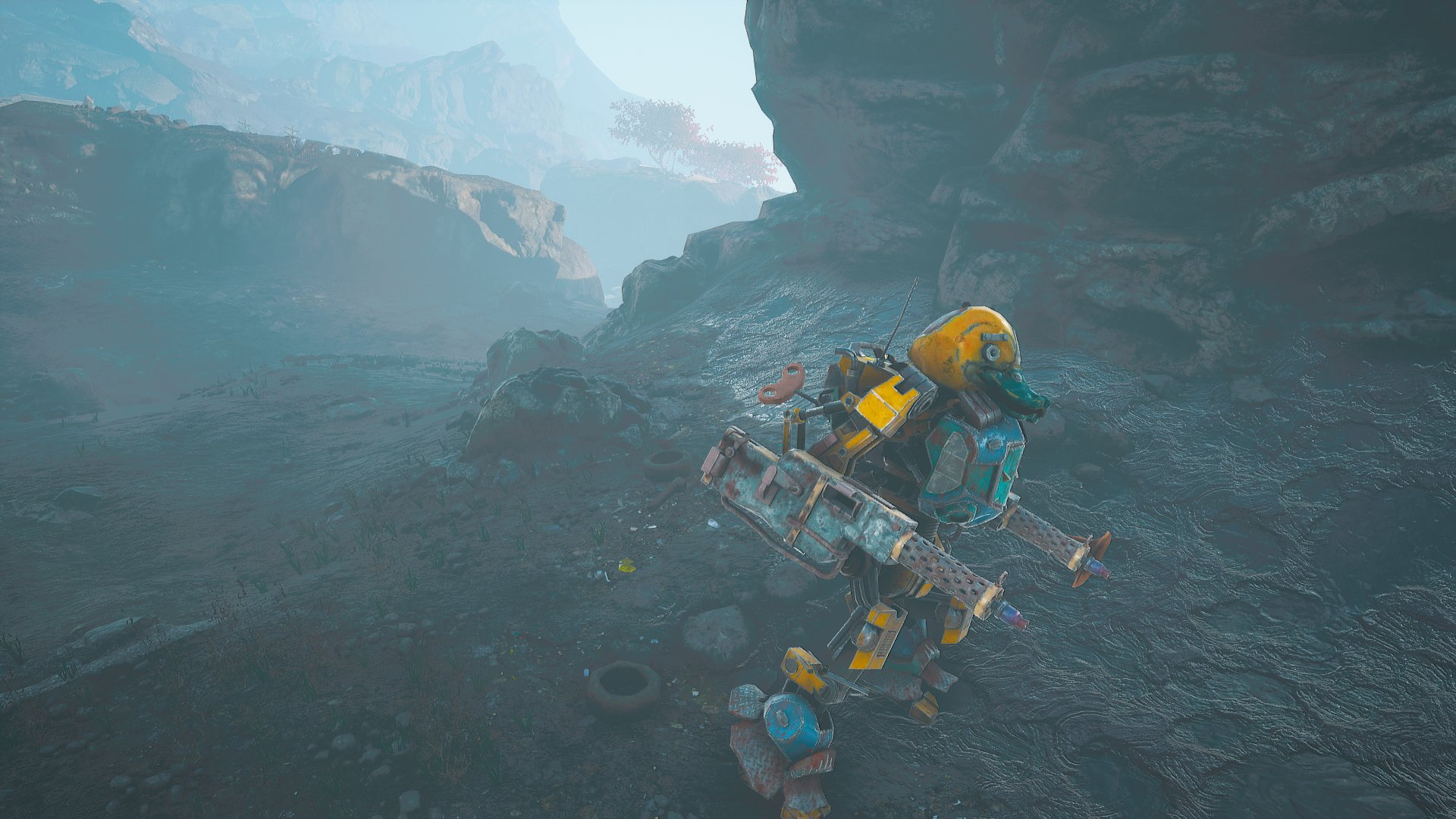
Biomutant gives and takes away at the same time. The gorgeous, interesting world is packed full of reasons to explore it, but the quality of those things varies. Most of Biomutant’s quests are fetch quest variations that reward you with unique gear or vital health items. These quests are just as delightfully weird as the rest of the game — the first time.
Flushing toilets and finding rare clothes in microwaves is amusing, but they don’t have the long-term staying power needed to make them memorable beyond their weirdness or to support multiple playthroughs.
That’s the thing about Biomutant. It’s so close to being a masterpiece, but it never pushes past the surface to make the most of its dozens of ideas and inspirations. Non-quest-giving NPCs repeat the same limited dialogue, morality and your choices have less influence than you might think, the Tribe War boils down to just a few key decisions, and there’s no big moment or set of moments to make Biomutant feel like a real epic adventure.
Granted, some of these drawbacks are present in Biomutant’s source material, e.g., Breath of the Wild being more about the world than the people or quests in it. Perhaps Biomutant would have benefited had Experiment 101 not been as faithful to its inspirations.
Combat is a similar affair. Fighting is bold and engaging in theory. You wield multiple weapon types and can take advantage of different mutant powers to manipulate the battlefield and your opponents, and that’s not even getting into the combos you unlock with each weapon type.
In practice, it turns into something akin to a musou, pulling off the same combos until your enemies, with their limited movesets, finally give up and die.
Admittedly, this turned into less of an issue the more upgrades I unlocked. Enemies are still too spongy, but the process of turning them into mutant pulp is much more enjoyable once your abilities come into their own, and you get some doozies. From elaborate shotgun combos to setting off elemental chains, Biomutant eventually gives you a buffet of choices, even if your foes never actually warrant the depth on offer.
One thing I never tired of was the customization. Character customization is somewhat rudimentary, especially since you’re rarely locked out of abilities. Gear customization, however, is not.
Almost every reward in Biomutant is gear related, either equipment such as shirts or hats, or things you can use to make your own shirts, hats, baseball bats, and much more.
Some items are mods to enhance certain aspects of an item, such as a rifle’s reload speed or a shoulder pad’s defense stats. Others let you build your own weapons, which, whatever gripes I had with combat, never gets old.
You’ll need different quantities and combinations of skrap for every bit of crafting. Some of it comes from resource towers scattered around the landscape, but your best bet is scrapping your scrap for skrap — or, in regular speak, dismantling unneeded gear.
It gives a purpose to the piles of rare, uncommon, abnormal, and so on, equipment you’ll find, though that, too, highlights the combat’s limitations. Most of it isn’t needed.
Biomutant Review: The Bottom Line
Pros
- Inspired and beautiful world
- Utterly weird in all the best ways
- Unique characters
- Extensive customization
Cons
- Falls short on several of its narrative and choice-driven promises
- Lacking that extra oomph to make it stick
- No interesting side stories and no chance to connect with characters
- Combat is often same-y, despite the abilities
- Tribe system feels unfinished
With Biomutant, the end result is a game that I enjoyed playing, despite the criticisms and score. I burn out fast with most open-world games, but I wanted to explore every corner of this unconventional world, even when it didn’t always give me a good reason to.
I don’t think you can call a game bold enough to mix so many influences together safe, but there’s a distinct sense Experiment 101 came close to playing it safe. Whether from budget restraints, time restrictions, or COVID impacts, I don’t know, but Biomutant needs a sequel or DLC to make the most out of the strong foundation already present.
Regardless, I don’t regret my time with Biomutant one bit, and I’ll certainly never forget it.
[Note: THQ Nordic provided the copy of Biomutant used for this review]

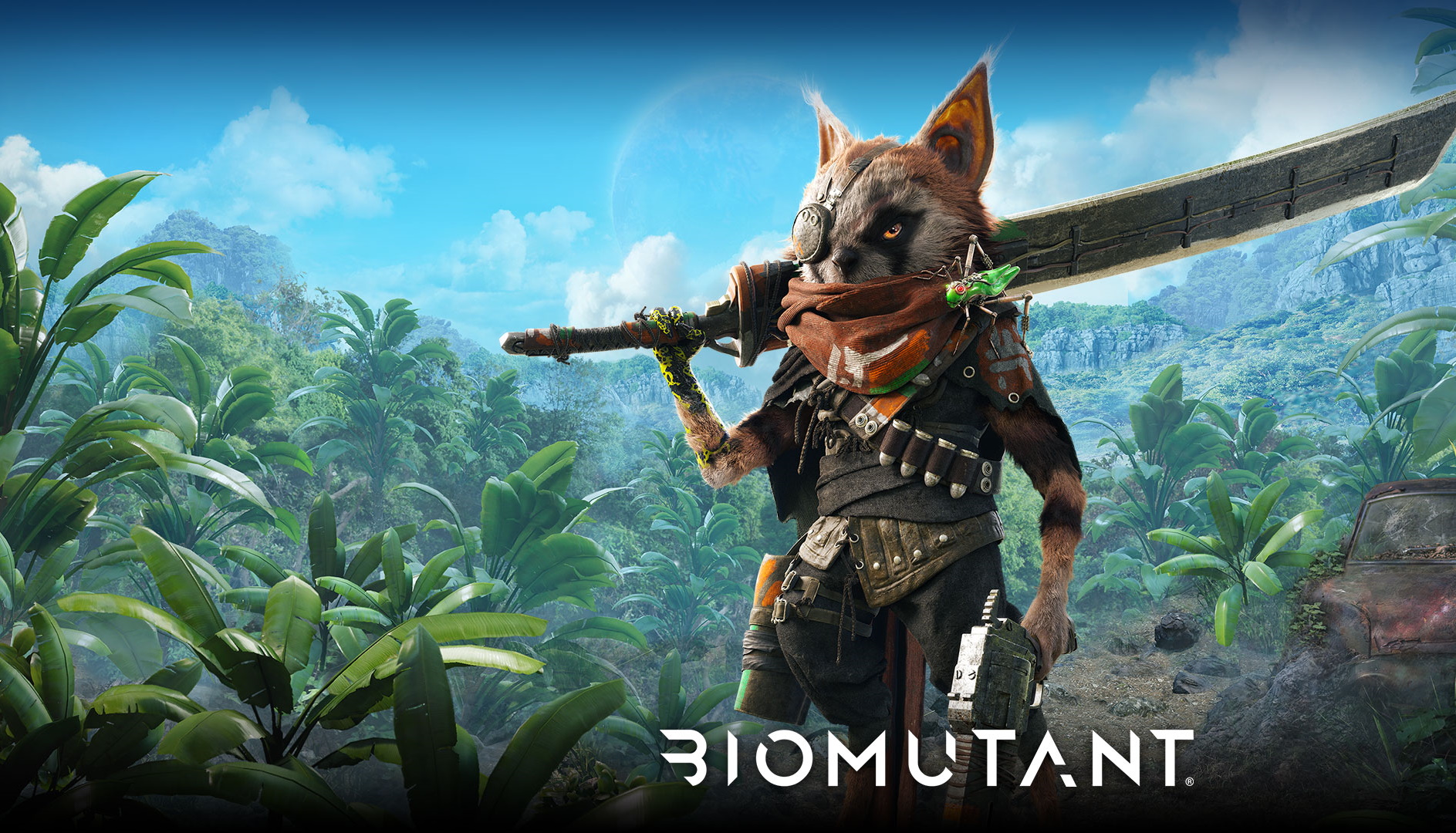
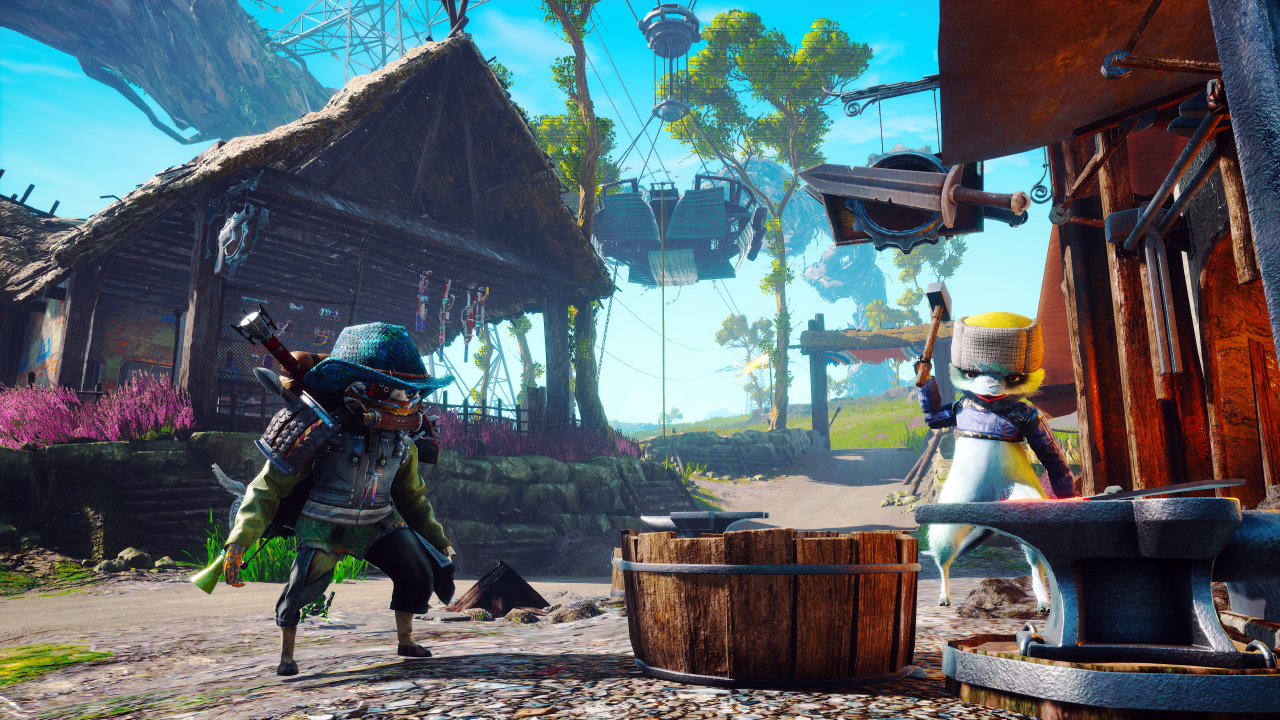
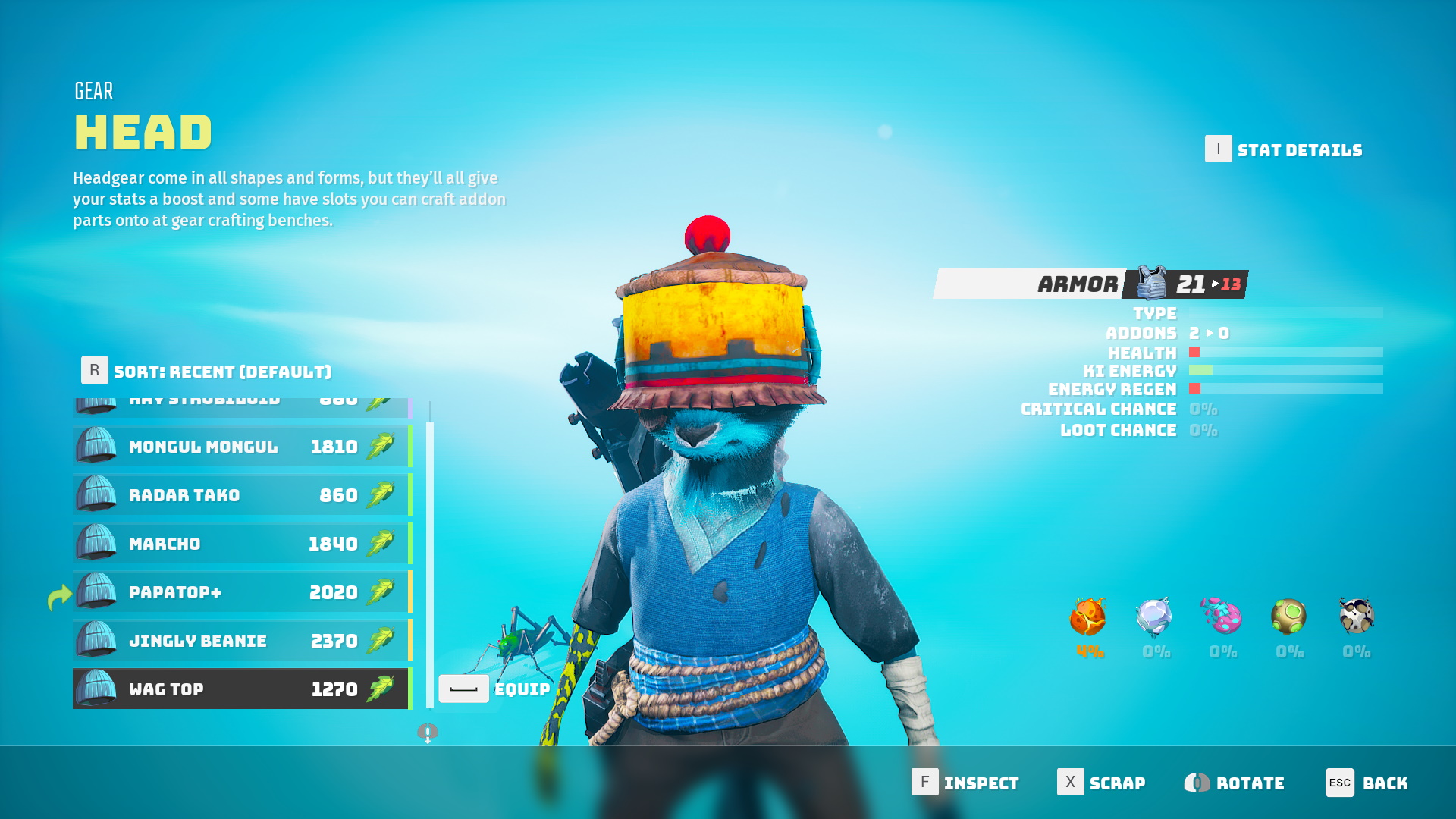
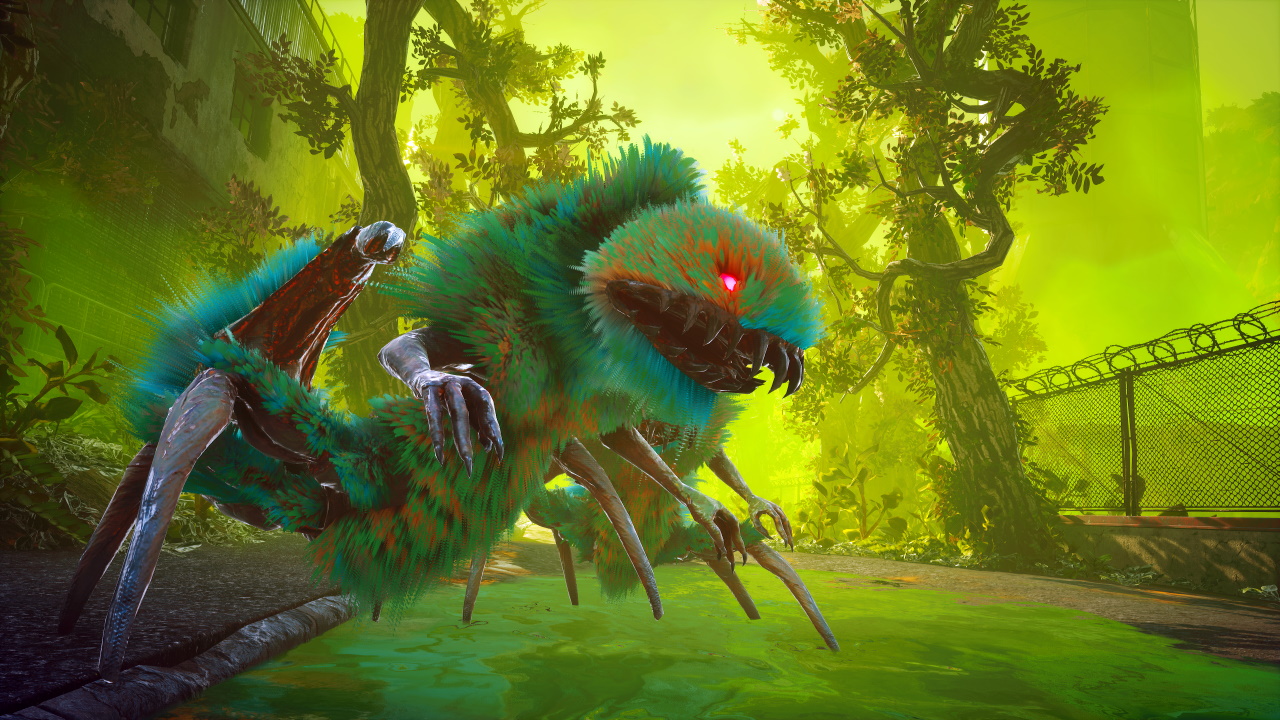








Published: May 23, 2021 10:46 pm